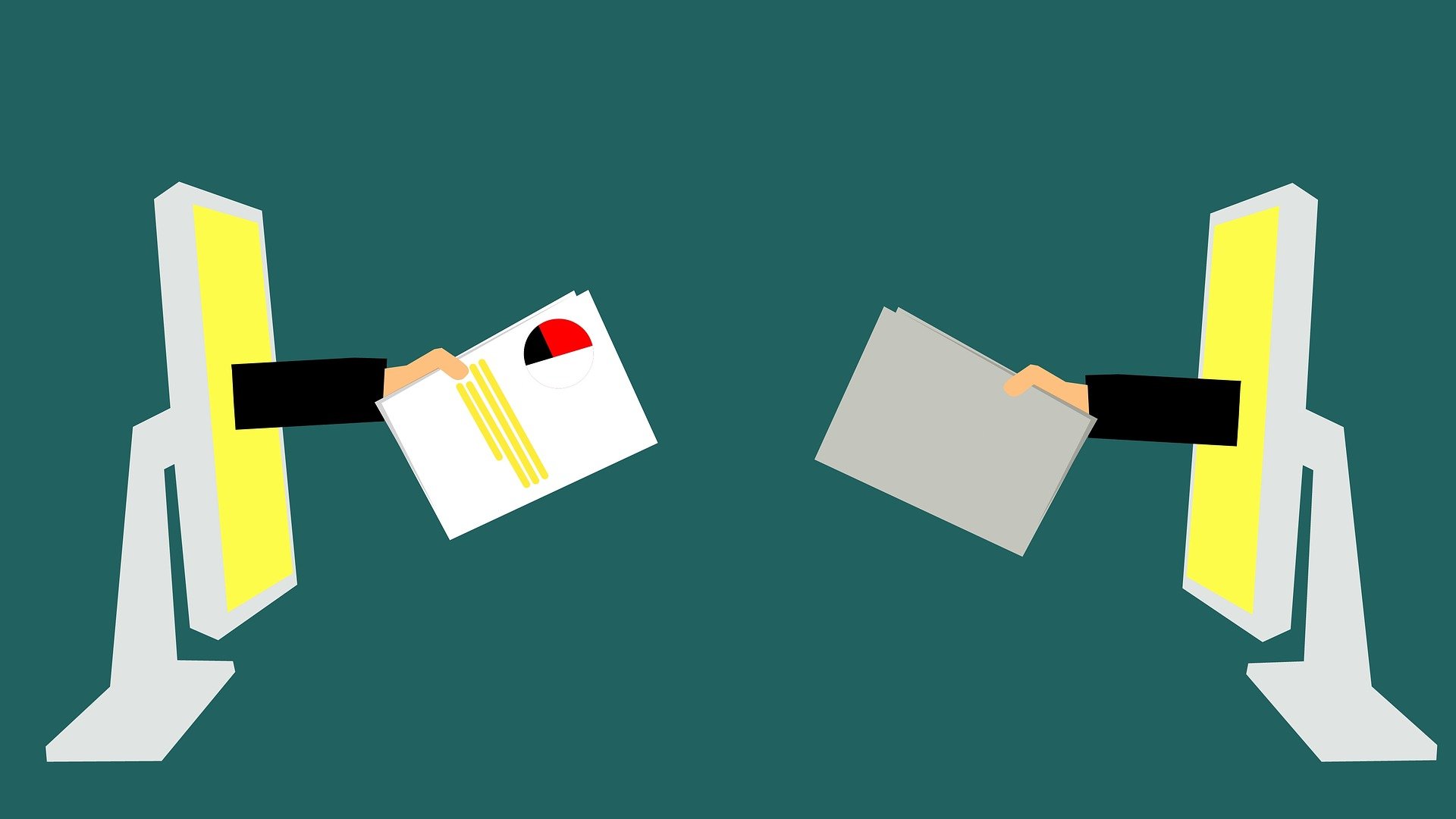TL;DR: Learn how Purple Teams can help your organization identify and combat new cybersecurity threats, as well as why this collaborative approach combining the expertise of Red and Blue Teams is gaining traction. With a competent Purple Team tester, you can enhance your cybersecurity posture, improve team communication and collaboration, and reduce the risk of security incidents.
As cybersecurity evolves, organizations must remain prepared to deal with new threats. As a result, a concept known as a Purple Team has gained traction in recent years. In this blog post, we will examine what Purple Teams are, the skills their members must possess, when to utilize them, the benefits they offer, and how to select a competent Purple Team tester.
Purple Teams: What are they?
A Purple Team is a collaborative group of cybersecurity professionals who combine the expertise of Red Team (offensive) and Blue Team (defensive) specialists. Using the Red and Blue teams' skill sets, the Purple Team identifies and addresses vulnerabilities in an organization's cybersecurity posture. When they work together, they can better identify weaknesses, develop strategies, and implement solutions to protect an organization's digital assets.
The following skills are required of Purple Team members:
A Purple Team member should understand various technologies, platforms, and tools used in cybersecurity, from penetration testing tools to intrusion detection systems.
The team members must be familiar with the latest threat landscape and be capable of analyzing and interpreting intelligence data to identify potential risks and vulnerabilities.
In order to foster a cooperative environment between the Red and Blue Teams, strong communication and collaboration skills are crucial.
To assess situations, identify potential threats, and develop effective mitigation strategies, Purple Team members must possess analytical thinking skills.
As cybersecurity threats continually evolve, team members must be flexible and open to learning new techniques, tools, and methodologies.
Purple teams are helpful when:
Organizations should consider engaging a Purple Team in the following scenarios:
It is essential to identify and address vulnerabilities when conducting regular security assessments.
Evaluate existing security controls following a security breach or incident and identify areas for improvement.
A significant change in infrastructure or technology, such as migrating to the cloud or implementing new applications, may be required.
Ensure that security posture remains strong and current as part of a continuous improvement process.
Benefits of a Purple Team:
An organization that relies on a Purple Team approach will benefit from the expertise of both offensive and defensive cybersecurity professionals, resulting in a more comprehensive evaluation of their security posture.
Purple Teams contribute to developing a unified security strategy by fostering communication and collaboration between Red and Blue Teams.
Continual Learning: By collaborating between the Red and Blue Teams, knowledge gaps are identified, and best practices are shared, improving overall security.
A Purple Team allows organizations to prioritize and address vulnerabilities more efficiently, reducing the risk of breaches and other security incidents.
Selecting a Good Purple Team Tester:
Consider the following factors when searching for a Purple Team tester:
Candidates should possess both offensive and defensive cybersecurity experience.
Testers must possess industry-recognized certifications like CISSP, OSCP, and CEH.
Assess the tester's reputation by reviewing their previous work, client testimonials, and industry recognition.
Testers should be able to effectively communicate their findings, insights, and recommendations to a variety of stakeholders.
Purple Team testers should be able to tailor their testing methodology to your organization's specific needs and requirements.
#cybersecurity #PurpleTeam #RedTeam #BlueTeam #offensivesecurity #defensivesecurity #collaboration #communication #continuousimprovement #vulnerabilityassessment #securitycontrols #cloudsecurity #applicationsecurity #knowledgegap #bestpractices #riskmanagement #testers #CISSP #OSCP #CEH #reputation #tailoredtesting #findings #recommendations










